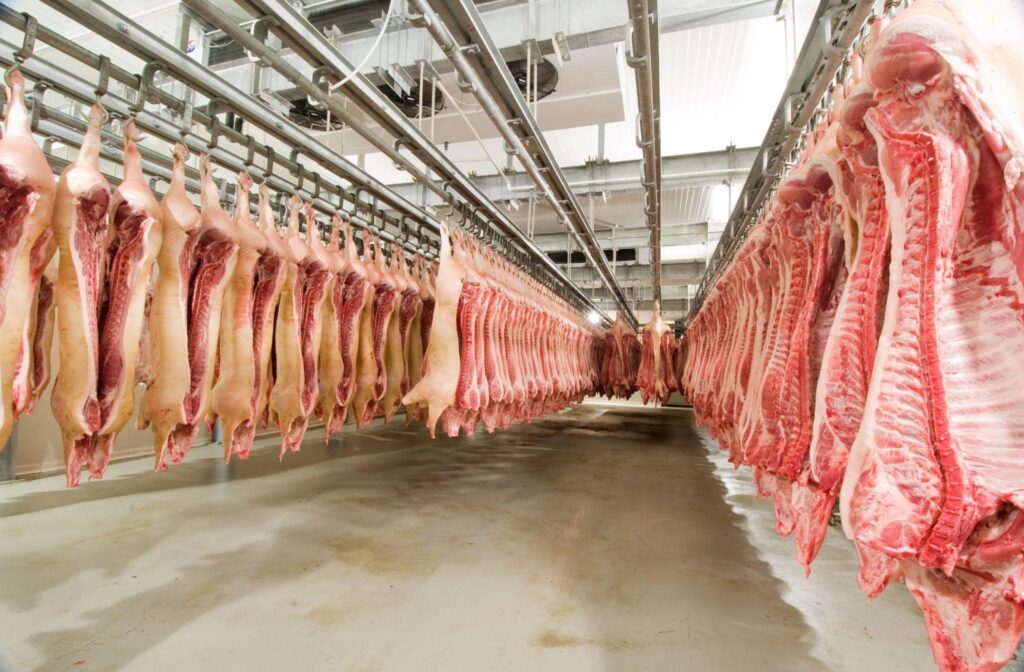Abattoir Valuation: Which approach is right for your business?
Abattoir Valuation: Which approach is right for your business?
Getting an accurate valuation is crucial if you operate an abattoir or meat processing facility. The right valuation approach can make a big difference in everything from insurance coverage to financial reporting. But with different methods available, which one should you choose?
Australian Valuations are experienced industrial property, plant, equipment and machinery valuers who can guide you. We understand the unique factors that go into valuing an abattoir or related facility. Let’s look at some key abattoir valuation approaches you may want to consider.

Insurance Valuations for Abattoirs
Accurate valuations of assets ensure the correct sums insured, thereby avoiding the risk of underinsurance and co-insurance clause triggering should a loss event occur or, conversely, unnecessary over-insurance costs.
Abattoirs are generally large and complex operations with multiple stages of meat processing and comprising specialised buildings and equipment. Consequently the capital cost to build an abattoir is substantial due to the complexity and scale of the operations involved.
Given these high capital costs, protecting the investment through effective risk management strategies is crucial, and regular periodic valuations ensure that sums insured are kept up to date and the business is properly covered for loss.
Abattoirs are insured under Industrial Special Risk (ISR) insurance policies. ISR policies are commonly issued on what is referred to as a ‘Mark IV’ wording. This is an Australian industry standard level of coverage.
Under an ISR policy, a Declared Value is needed for each location, normally with a reinstatement basis of settlement. ISR Mark IV policy wording defines reinstatement as:
“Where property is lost, or destroyed, in the case of a building, the rebuilding thereof, or in the case of property other than a building, the replacement thereof by similar property in either case in a condition equal to, but not better or more extensive than its condition when new.
Where property is damaged: the repair of the damage and restoration of the damaged portion of the property to a condition substantially the same as, but not better or more extensive than, its condition when new.”
Other considerations are taken into account by Insurers in the event of a loss, such as demolition costs, cost escalations over the policy period, planning and rebuilding periods, total estimated limit of liability and under insurance.
Australian Valuations is widely regarded as an expert in the valuation of abattoirs by brokers and abattoir owners.
Valuations for Financial Reporting, Asset Management and Restructuring
Valuations can play a crucial role in financial reporting and asset management for abattoirs as they do for any other large, capital-intensive operations.
Accurate valuations help stakeholders make informed decisions and ensure compliance with financial regulations.
Methods of Valuation
Various methods are used to value assets and businesses, each appropriate for different types of assets and circumstances. Common valuation methods include:
- Cost Approach: Calculates the value based on the cost to replace or reproduce the asset, adjusted for depreciation.
- Cost Approach: Calculates the value based on the cost to replace or reproduce the asset, adjusted for depreciation.
- Income Approach: Values assets or businesses based on their ability to generate future cash flows, discounted to present value.
Steps in the Valuation Process
- Define the Scope and Purpose: Clearly outline why the valuation is needed and what it will cover.
- Gather Relevant Information: Collect financial statements, asset registers, market data, and other relevant documents.
- Select Appropriate Valuation Methods: Choose the most suitable methods based on the type of assets and the purpose of the valuation.
- Perform Valuation Calculations: Apply the selected methods to determine the value of assets or the business.
- Compile the Valuation Report: Prepare a detailed report outlining the methodology, assumptions, calculations, and conclusions.
Ready for an Abattoir Valuation?
Valuations are essential for effective insurance coverage, financial reporting, asset management, and restructuring. They provide the necessary data for informed decision-making, ensuring that stakeholders have a clear and accurate picture of the company’s financial health and asset value. Implementing robust valuation processes helps mitigate risks, optimise asset utilisation, and support strategic business decisions.
Don’t leave your abattoir valuation to chance. Trust the experienced professionals who understand this niche property type. Contact Australian Valuations today to get started.